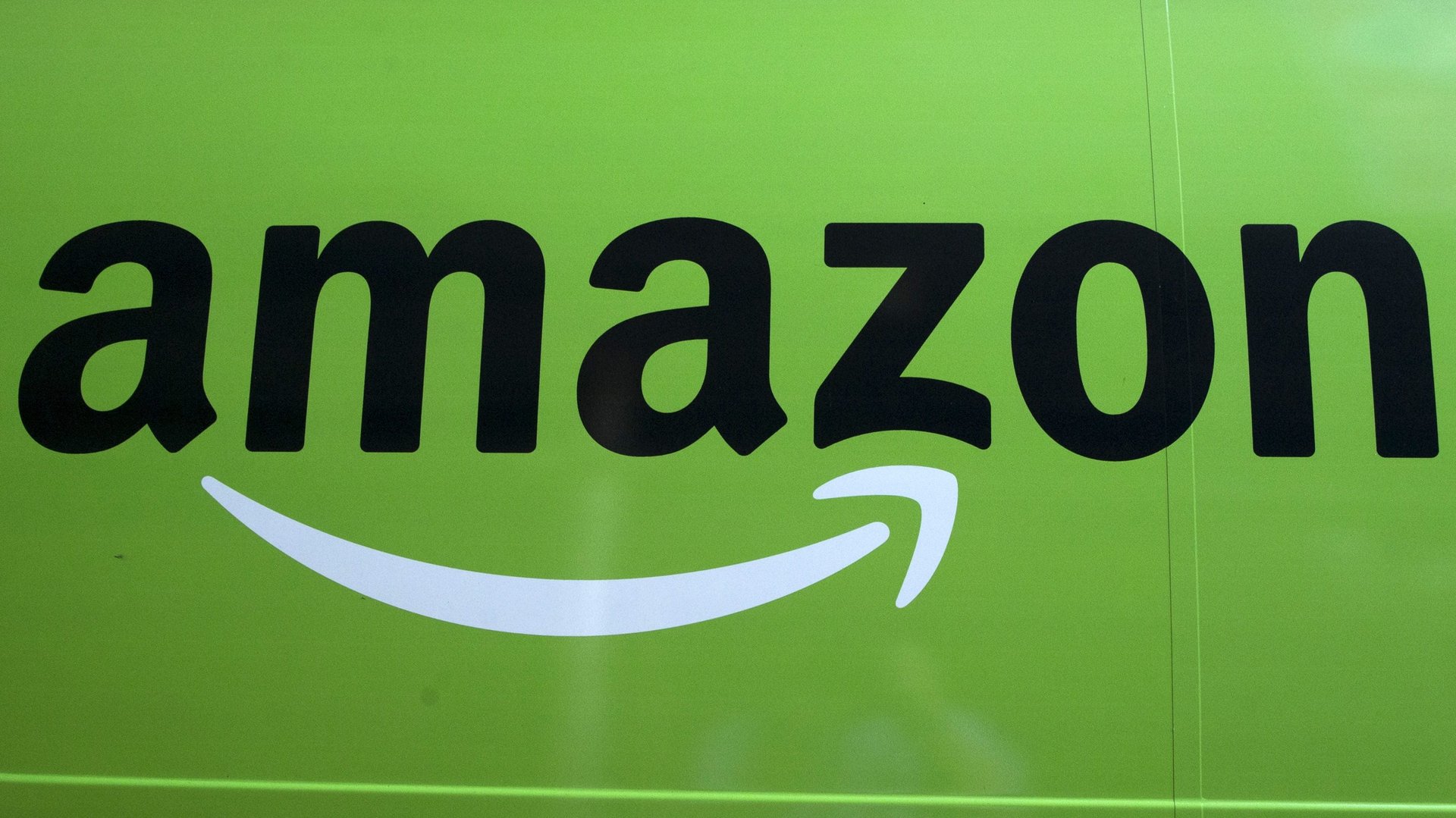How Amazon is passing on inflation costs
The pandemic boom for Amazon is no more. The ecommerce giant reported its first quarterly loss since 2015 on Thursday, sending its share price plummeting.


The pandemic boom for Amazon is no more. The ecommerce giant reported its first quarterly loss since 2015 on Thursday, sending its share price plummeting.
The company recorded a net loss of $3.8 billion for the first three months of the year as rising prices drove up costs in its consumer marketplace business. During that period, inflationary pressures added approximately $2 billion in expenses to the firm compared to a year ago.
Amazon was one of the major beneficiaries of the pandemic lockdowns that shut brick-and-mortar businesses for lengthy periods of time. But a return to social activities twinned with record inflation has put pressure on Amazon’s margins. It’s now impractical not to pass some of these costs on, management said.
Amazon is hiking fees for both customers and sellers
In February, Amazon hiked its Prime membership for the first time in four years to $139 from $119. It followed that up this month by introducing a 5% surcharge for some sellers, the first such fee in its history, to cover fuel and inflation that would apply to any merchants who use Amazon’s fulfillment system. Sellers who do their own shipping and delivery would not be impacted.
Amazon blamed covid-19 lockdowns in China and the war in Ukraine for higher operating expenses, saying the cost of overseas shipping containers more than doubled compared to pre-pandemic rates, while the cost of fuel is approximately one and a half times higher than it was even a year ago.
The company was also exploring other ways to mitigate expenses. “In some cases, having to pass some of the costs through to third-party sellers as well so that we’re not subsidizing sales there,” Amazon chief financial officer Brian Olsavsky said.
Rivian drags Amazon results
It also lost money on Rivian, the electric truck maker, as supply chain snafus dramatically cut its vehicle production this year, halving the value of Amazon’s investment into the company. The one bright, spot however, was Amazon cloud web services.